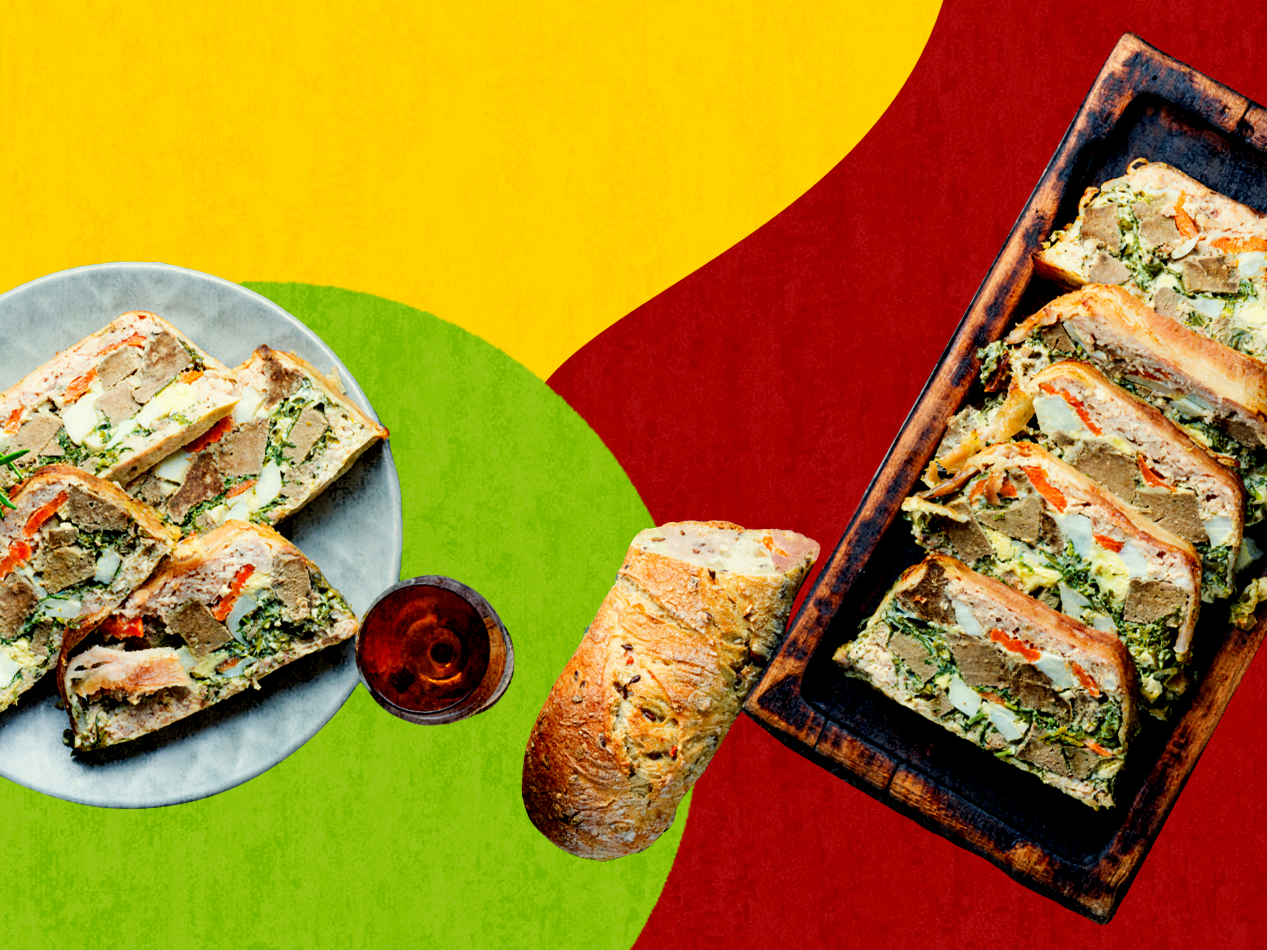Growing up in Houston, Texas, the most culturally diverse city in the United States, I was exposed to many different types of cuisine. Cajun, Vietnamese, Mexican (and Tex-Mex, of course), Chinese, French, Salvadoran, Indian, Pakistani, the list goes on and on. Two of these regions have distinct culinary specialties in the springtime, France, and China. For this week’s blog, I’ll take a look at France. In two weeks, China.
France
The heavy influence of French cuisine can be seen in the foods of different cultures around the world. We can thank the French for Cajun food in North America, the banh mi of Vietnam, and the carbonade flamande of Belgium. Not to mention the two ‘aises’, Hollandaise and Mayonnaise. The most wonderful sauce and condiment on the planet! I could drink hollandaise as a beverage. It’s perfect. And another unfortunate holdout for Americans, besides not using the metric system, is not using mayo for the dipping of fries!
For springtime, traditional French dishes move away from the hearty, meat and bean-heavy, rich dishes like cassoulet and Boeuf Bourguignon to lighter meals that celebrate the early harvest spring vegetables.
Ratatouille
Ratatouille is a great transitional meal to take you from winter to spring (and through the summer!). While it is still hearty and deeply flavorful, in spring it features the lighter, more delicate flavor of the first harvest of squashes, eggplant, tomatoes, and herbs. It’s also one of the few French main courses that can be enjoyed by your vegetarian/vegan friends.
Another notable French dish perfect for springtime is the spinach souffle. I still have culinary school memories of beloved Swiss Chef-instructor Peter Lehr saying to poor students, “Your souffle didn’t soooffle” with that enigmatic smirk on his face, after their attempts at souffles fell, literally, flat.
Souffle
The savory souffle is a celebration of everything light. The inclusion of spinach with the cheese brings it to the next level visually and in flavor. Dessert souffles are great too but I’ll leave those to the sweet-toothed crowd.
Yet another French mainstay for spring (and summer for that matter) is the ubiquitous, and oft poorly-prepared, Niçoise salad. Traditionally made with solely raw vegetables, it has since evolved to include some form of cooked egg, sautéed, roasted or boiled, potatoes, and tuna.
The BEST Niçoise Salad
My personal favorite Niçoise salad starts with a base of a mesclun lettuce mix which features a variety of wonderful textures and flavors. Top the mesclun with some the tasty olives of your choice and some fresh, never refrigerated tomatoes, young tender haricot vert, pan-roasted young potatoes, creamy-yolk soft-boiled eggs, fresh thyme and basil, tuna, then a generous drizzle of an anchovy & champagne vinaigrette. I recommend searing a tuna steak then slicing it thin rather than using canned tuna. But if you must use canned tuna, try to find a quality product.
To learn how to prepare these amazing French dishes and more, you should check out our Intro to French Cuisine workshop. Our experienced chefs will not only show you how to make wonderful food, they will also share their personal stories and why these foods are special to them. Just make sure to add a mini-cocktail workshop so you can participate with a drink in your hand!
Also:
Our sessions have content that is a great way to reach people at home, where many virtual conferences are taking place. Check out our social media. Physical events, in person events, and hybrid events are the best way for real time events. Your next online event content should be with us. Some of our events and hybrid events use breakout sessions. Evenchilada’s content is perfect for attendees of virtual events. But these days successful virtual events with virtual attendees are a great way to achieve attendee engagement. Virtual events are great for people at home and virtual conferences. Physical events, in person events, and hybrid events are the best way for real time events.

